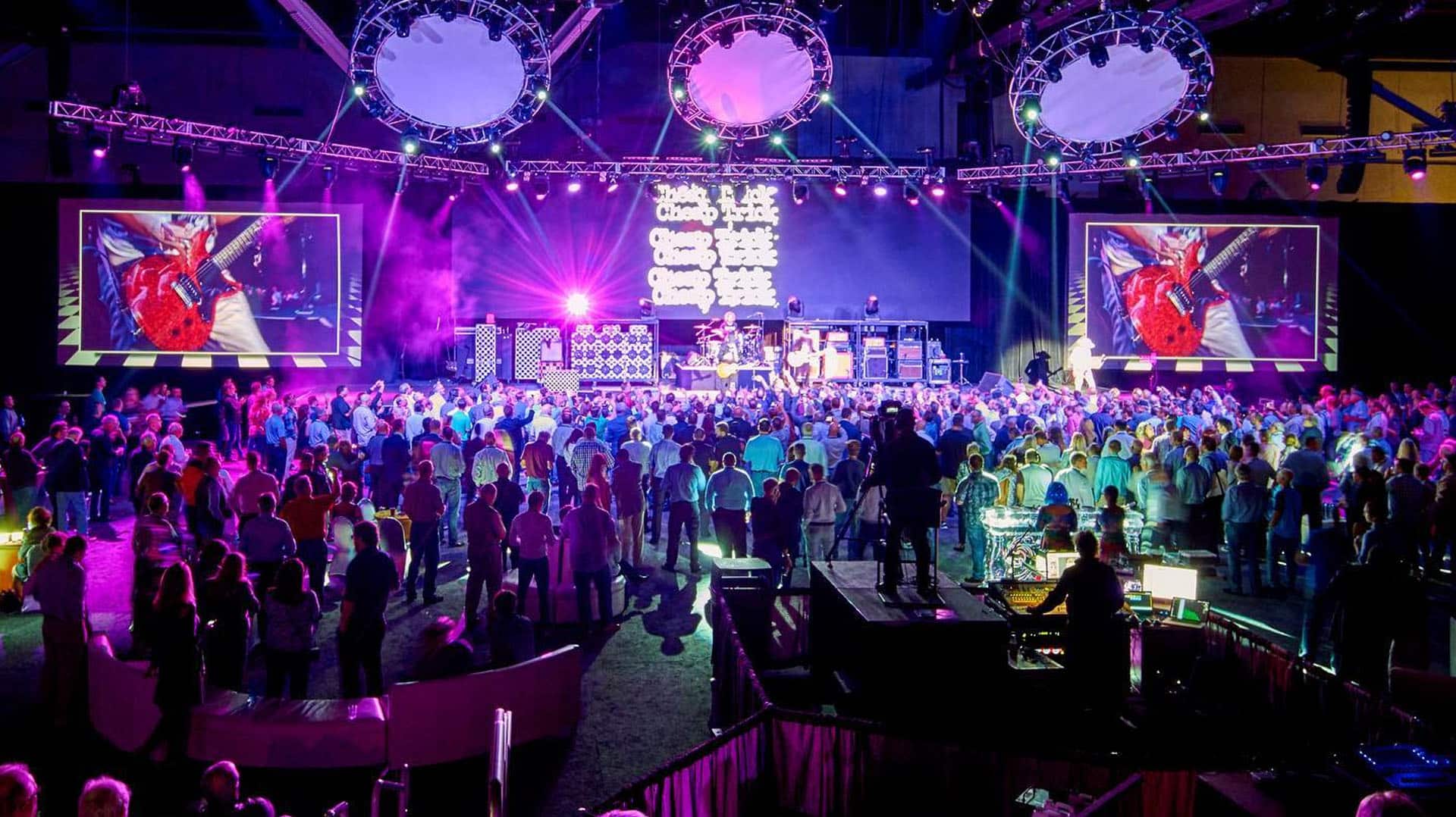Lighting plays a vital part in motion projection because it sets the atmosphere and feel of the display. Different illumination techniques can elicit various feelings and reactions from the viewers. For example, using gentle, warm lights can create a welcoming environment, while bright, cool lights may produce a more dynamic or intense impact. By carefully choosing light colors and intensities, artists can influence how audience perceive the projected images, leading to a more immersive encounter. The equilibrium between projection brightness and surrounding illumination is essential, as it can significantly affect the visibility and effect of the images.
In addition to, color and brightness, the angle of light also influences the efficacy of projection. Lighting from different directions can create shadows and highlights that introduce depth to the mapped images. This method, known as light and shadow, can improve the three-dimensionality of the subjects being mapped. Furthermore, using moving lights can add dynamism to the display, making the experience more involving for the viewers. When the light collides with the projected visuals, it can create an illusion of motion and transformation, grabbing the audience's focus.
Another important element of illumination in mapping is the use of special effects. Techniques such as gobo illumination, which uses patterns and shapes to project light, can add depth and complexity to the projections. This method allows artists to layer images and create visually stunning effects that complement the mapping. Additionally, adding lasers or light-emitting diode illumination can additionally enhance the display, offering a distinct mix of visual elements that attract the viewers in. These unique features, when used carefully, can elevate their explanation the mapping into a Learn More Here basic show to an immersive piece of art.
In conclusion, the impact of illumination methods on video mapping is significant. By comprehending how various lighting components interact with projected images, artists can create enthralling experiences that resonate with viewers. The careful choosing of hue, intensity, direction, and special effects allows for a rich canvas of visual storytelling. As tech advances to grow, the options for artistic showcasing in projection will only expand, making illumination an increasingly vital component in this innovative creative form.
